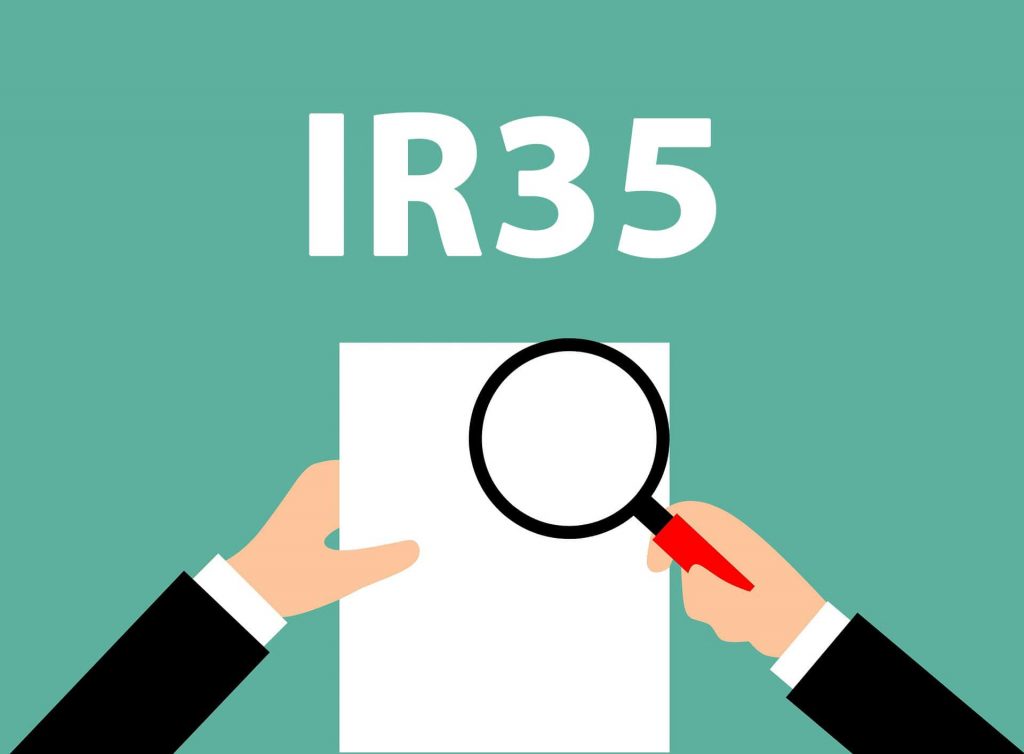
IR35, in simple words, is a law that provides that persons working under the conditions of full-time personnel (based on certain criteria and a contract) could not form and use an LTD company, since this structure (legal entity) gives special tax privileges in general.
As in any country, and in England, without exception, relatively everyone is trying to pay less taxes, but at the same time staying within the law. For this purpose, many employees performing their job duties for companies, in order to have a better tax regime, decided to create companies and began to carry out their professional activities through data, or similar structures. However, this was noticed by the HMRC and called “disguised employment”. As a result, to combat this, the state created the law IR35 (also known as intermediary legislation).
SYSTEM MECHANISM
Before IR35
Before the relevant law, the service providers got profit from the clients on their companies accounts and directly on behalf of the company, they managed it – withdrew funds using the method most preferred for taxation, often without paying insurance and pension contributions, for example, through dividend mechanisms.
After IR35
Currently, if the status of the providers of services is under this law, they keep receiving funds in the name of the company, but before they are credited to the bank account, all legitimate necessary public interests (taxes, insurance premiums, etc.) will be calculated.
In other words, the state wants to distinguish those who provide their services through entrepreneurial activity honestly from those who try to hide their status as an employee, and thus have more privileged taxation.
RECOGNITION OF OWNER FROM STAFF EMPLOYEE
If you work in the public sector, the responsibility for this recognition lies with the public service to which you provide services. But, if you are in the private sector, you are responsible as the provider of the service, and you must report this to HMRC.
The recognition process can be very simple, but also too complex, not only for reasons of the peculiarity of the law itself, but often due to unclear contractual relationships. Thus, contracts between the two parties play a very important role in determining the status. The main points under consideration are as follows:
BASIC
Checking an ad for a demanded service. If for example: you need to fill an empty place for regular staff or take up a certain project.
PREVIOUS SERVICE RELATIONS
If, for example, the new service is similar to the previous provider, which is under the IR35 law.
RELATIONSHIP CONTRACT
If it was written by industry professionals and not in self-made phrases that clearly tend to avoid IR35.
INDEPENDENCE
Contractual degree of independence of the service provider. Considered:
A) Start and end times of work
B) Are there specific working days, for example Monday through Friday
C) Are there any links to lunch time
D) Are there any clauses indicating that the customer has oversight and control over the service provider
REPLACEMENT
If the service contractor can send someone else to perform in his place to complete the services provided.
MUTUAL LIABILITY
If the employer is obliged to provide work, and the employee is accordingly obliged to accept and perform.
REMUNERATION
If the service provider is paid on a fixed basis or by invoicing where he indicates accurate information about the services provided and the associated costs.
INTEGRAL PART
If the service provider is considered to be an integral part of the client’s institution, for example, by researching telephone conversations, correspondence, or having, under the direction and other members of the client’s institution, etc.
PARTY RECOGNITION
Formally a contractual relationship between the parties, for example, Employer and Employee, or Customer and Contractor.
